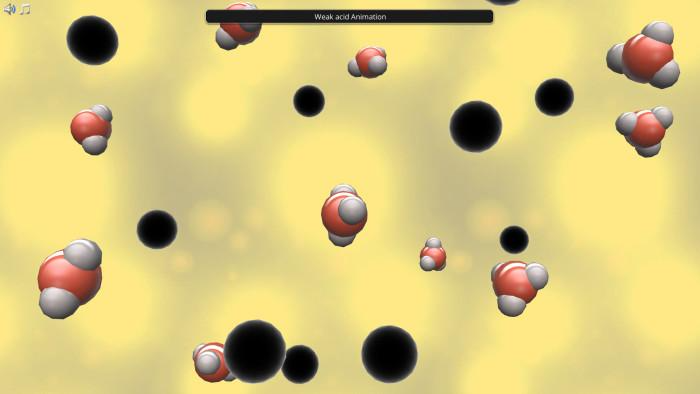
Acids and bases permeate our daily lives, present in the food we consume and the beverages we drink. They are integral to the fluids we use regularly, making them indispensable on our journey through the world of chemistry.
However, teaching these concepts can prove to be quite challenging for educators. The abstract nature of acids and bases, along with their associated theories, often leaves students struggling to grasp them. Overcoming these hurdles requires a teaching approach that is both engaging and relatable, with a strong emphasis on practicality.
In this article, we aim to provide educators with five innovative and captivating methods for teaching acids and bases. We will focus on making the learning process enjoyable, interactive, and enriching.
Students often find chemical concepts such as acids and bases abstract and unengaging. The presence of equations and lengthy paragraphs in textbooks does not capture their interest either.
However, an intriguing approach to captivate their attention and effectively convey these topics is through interactive models. These models breathe life into textual concepts and improve students' understanding and ability to remember the material.
In this regard, virtual laboratories such as Labster's 3D labs offer an immersive learning experience. Labster provides multiple simulations that allow students to safely conduct experiments, visualize molecular interactions, and understand the pH scale in a highly engaging manner.

For instance, in one of our simulations on Acids and Bases, students test out the pH levels of a lake with contaminated water and compare it with the pH of local water. Further, in Labster's Advanced Simulation on Acids And Bases, they observe how acids get weak through molecular animations, and comprehend the acid disassociation constant (Ka).
The majority of chemistry concepts are typically abstract due to their involvement in intricate chemical reactions among substances, which may seem unfamiliar to students. The lengthy lectures and the inclusion of numerous chemical formulas can often become monotonous.
Games and interactive activities serve as excellent tools to transform the learning process into an enjoyable experience. For instance, educators can design role-playing games, where students act as molecules participating in acid-base reactions. This can provide a fun and memorable learning experience.
Another engaging activity could be the 'Acid-Base Detective' game, where students have to identify unknown substances as acidic, basic, or neutral based on their properties or pH values.
Further, to help them retain information and encourage their participation, devise Acid-Base Trivia, focused on the properties and uses of different acids and bases.
Embracing technology in the classroom can make learning more interactive and personalized. Virtual reality (VR) and online simulations can provide an immersive learning experience, allowing students to virtually 'touch' and manipulate molecules.
For instance, Labster's Acids and Bases simulation offers a unique way for students to delve into the world of acids and bases. It gives them the freedom to experiment, make mistakes, and learn at their own pace. They mix acids and bases and see what salts are formed instantly. The gamified learning experience further makes things more interesting.

Discover Labster's Acids and Bases virtual lab today!
Although the concept of acids and bases might initially appear dull, it is important to recognize their significant role in the world. A compelling approach to help students appreciate this is by introducing them to careers that heavily rely on acids and bases. This exposure will help students understand the real-world importance of these chemicals.
Chemical engineering, environmental science, healthcare, and food science are some fields where understanding the properties of acids and bases is crucial.
You can also invite these field professionals as guest speakers to share industry insights and let them know their classroom concepts are used in real life.
Relevance is a key motivator for students. And for chemistry, since things are already intricate and complex, students believe that the subject has no relevance beyond exams.
By showing them how acids and bases are used in everyday life—from the bicarbonate in baking soda to the citric acid in soda—you can make the topic more relatable and engaging.
Another way could be devising experiments involving household substances. This can further emphasize these real-world connections. You can also mention how pH values indicate the acidic or basic nature of substances and what its value means for the purity of a liquid.
Final Thoughts
Different teaching methods cater to the diverse learning styles found in every classroom. Whether it's through interactive models, games and activities, the use of technology, career exploration, or real-world applications, the goal remains the same: to spark students' curiosity and deepen their understanding of acids and bases.
Try our free 30-day All Access Educator's Pass today and teach with Acid and Bases simulations alongside 300+ other virtual labs!

Labster helps universities and high schools enhance student success in STEM.
Request DemoRequest a demo to discover how Labster helps high schools and universities enhance student success.
Request Demo